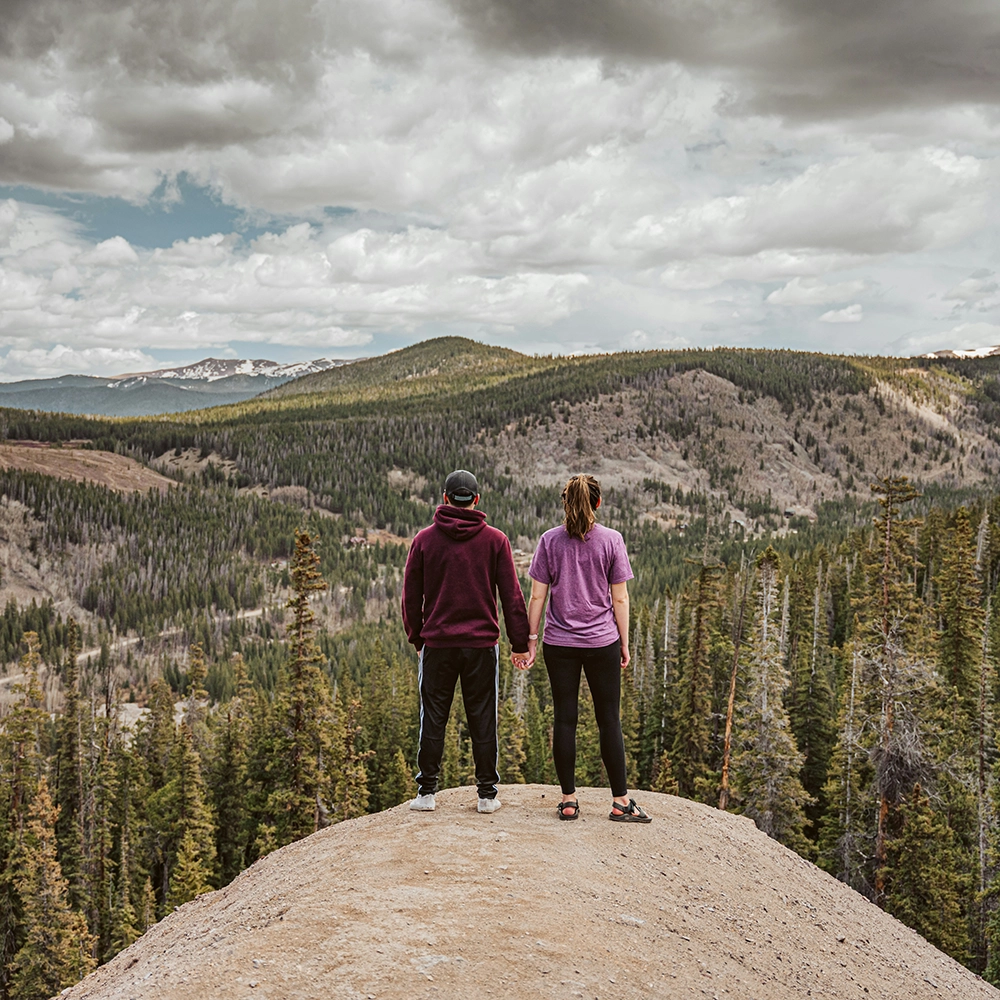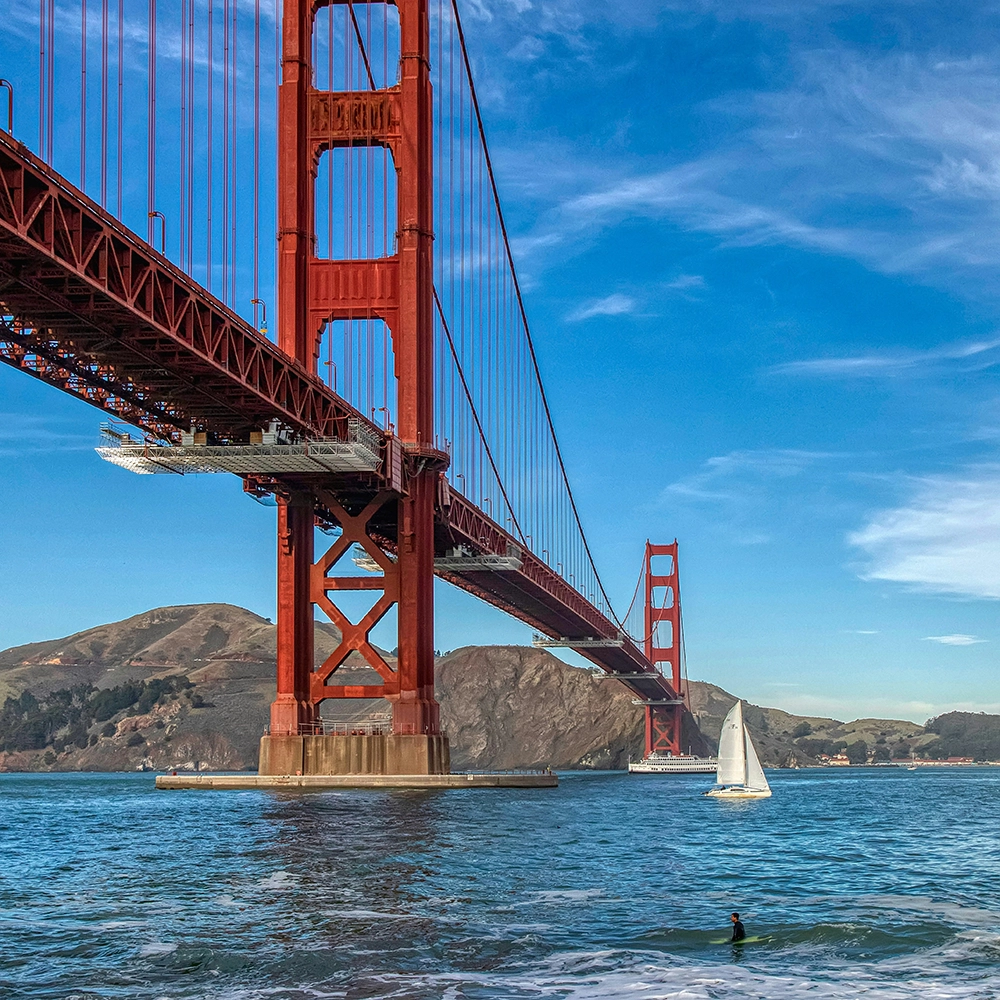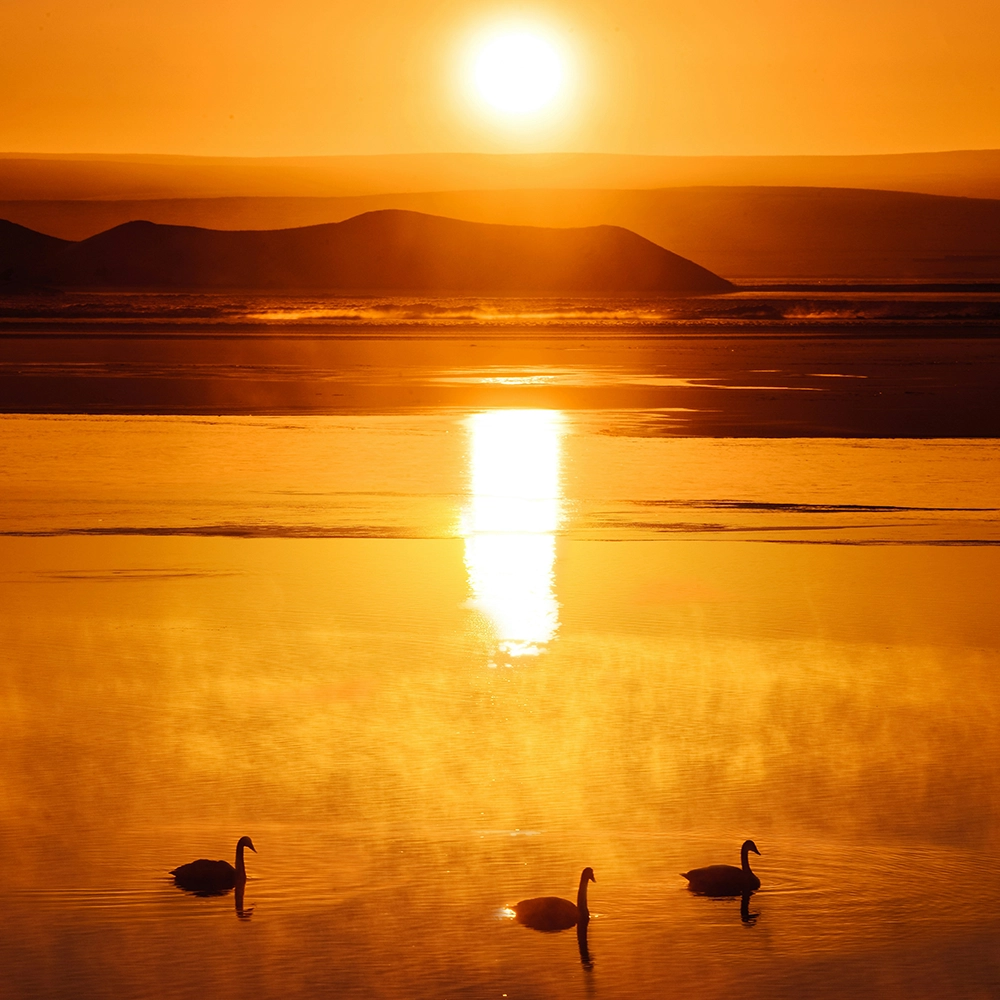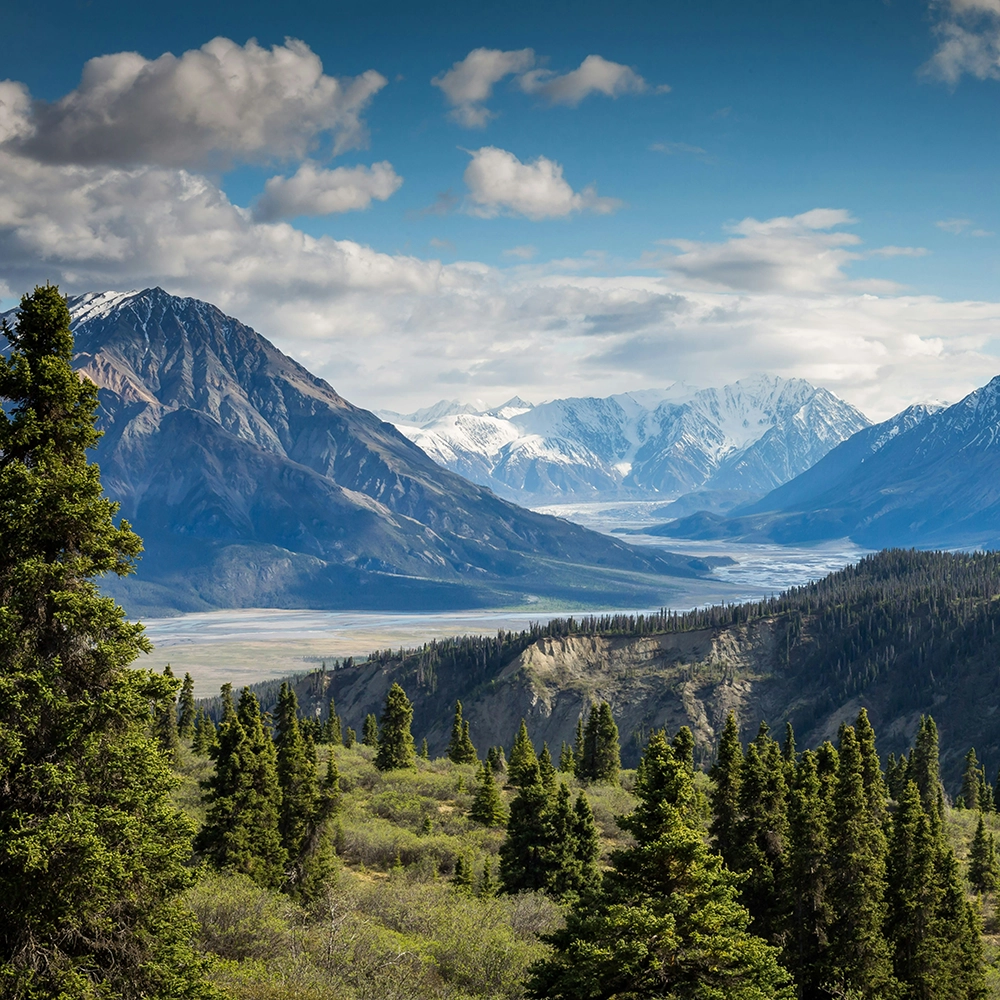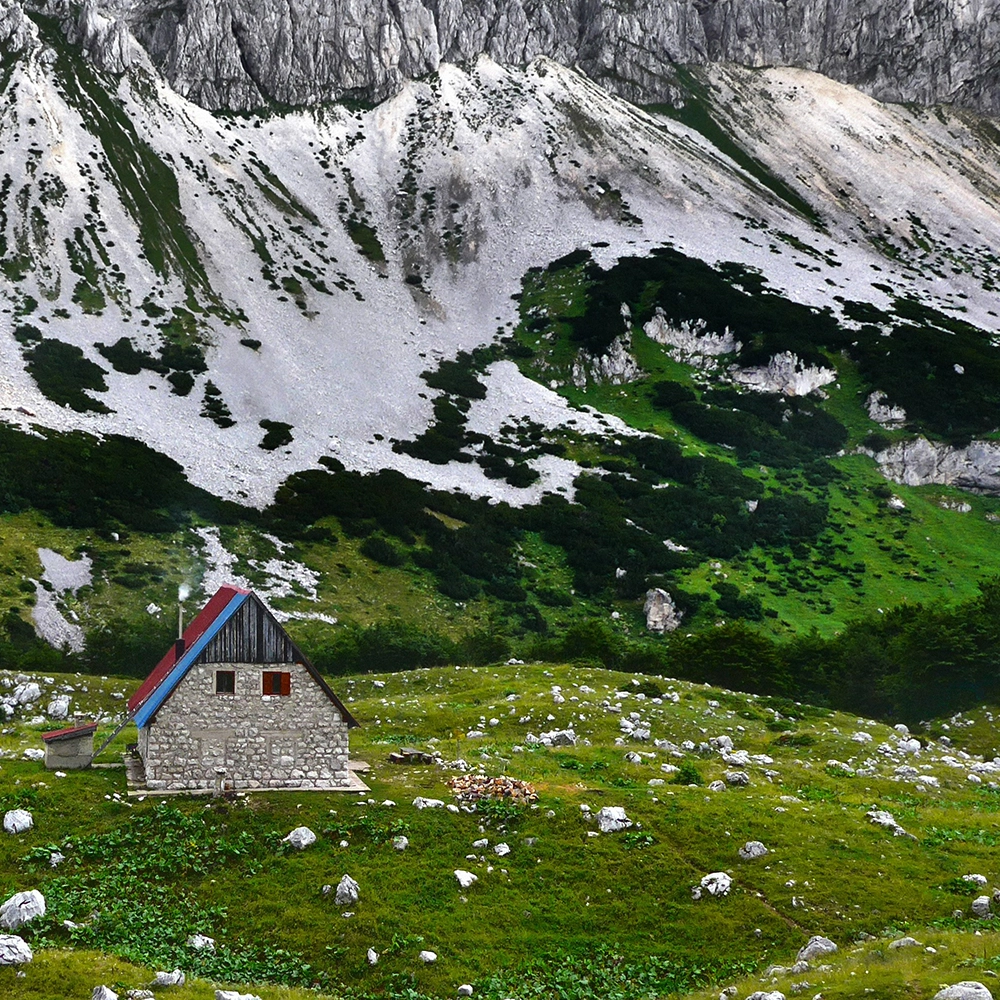"You don't know cold like I do," I said once in a raspy voice to a guy from Iceland.
Being born in Montana and raised in North Dakota, I've experienced winters so cold that if you walk outside without a coat, you'll be dead in a few minutes. Throw a cup of boiling water in the air, and it'll come down as ice pellets.
"No, it can't be that cold," the guy from Iceland rebuked me.
Oh yes, it is! So ever since I finished school, I've done what seemed to be the only sensible thing to do — live across the world in tropical climates.
I don't "hate" winter, I just don't understand it. Yet like my conviction that honey-fried ants are delicious, not everyone agrees with me on the acceptable temperature for human beings.
My dad claims to love the frigid cold and spurns the heat. As soon as it gets above freezing, there he is, walking around town in flip-flops and shorts (much to the embarrassment of his teenage children).
If you are like my snowman, temperature-mutant father, then these destinations are for you. Here’s where to go to escape the summer heat.
Where in the U.S. Does It Stay Cool in the Summer?
1. Upper Peninsula, Michigan
Lakes, quaint towns, and cool temperatures. You’ll find them all in Michigan’s Upper Peninsula and surrounding islands.
The UP, above the mitten-shaped part of the state, is where to go when you want to get off the beaten path. Use it as a jumping-off point for the many islands in the Great Lakes, many of which are only reachable by ferry or seaplane.
Mackinac (pronounced MAK-in-aw) Island packs a lot in its four square miles of land. Take the ferry and leave your car behind. Vehicles are the exception here, so you’ll make your way around via bike, walking, or horse-drawn carriage. Check out museums — history and art — as well as artists' shops and Mackinac Island State Park.
Isle Royale is a nature lover’s paradise. The most common way to reach it is by ferry; it takes about five hours, so this isn’t just a day trip. The long ride is worth it, though, especially if you love camping, hiking, or kayaking through untouched wilderness. Isle Royale National Park is one of the least visited national parks in the country and serves as a United States Biosphere Reserve.
2. Breckenridge, Colorado
Most of us think of skiing when we think of Breckenridge. And while you aren’t wrong — the town has some of the best powder in the U.S. — there’s quite a bit more to discover in the summer months. Those mountains become a prime spot for hiking, biking, and ziplining. You might enjoy some fly fishing or the unexpected (for us at least) summer dog sledding.
Head to Good Times Adventures just outside Breckenridge to tour the sled dog kennels and cuddle up with more than 100 Siberian huskies before some of them take you out on the trail.
While high temperatures in Breckenridge average in the upper 60s in the summer, you are at elevation, so wear sunscreen and dress appropriately for this adventure where they say to “expect to get a little bit dirty due to all the puppy kisses, hugs and dog hair.”
Enjoy dining al fresco, something you probably won’t find much of during the traditional ski season (or in other, blazing-hot parts of the country). With the milder temperatures, you can enjoy your craft beer and local treats in the clean mountain air.
3. Seattle, Washington
Summer high temperatures average about 70°F, making it just about right regardless of whether you love the heat or the cool. You’ll find conditions to be similarly mild throughout the Pacific Northwest, which is what makes it such a popular destination for escaping the summer heat.
Seattle itself has plenty to see and do. There's the famous Pike Place Market, plus the Seattle Underground Tour, which is great for kids. You’ll see a hidden city beneath the city, filled with unexpected and entertaining history.
Seattle has the benefit of also being near plenty of nature. If you’re looking to get outdoors, it’s an easy drive to Mount Rainier National Park. Less than hour way is Bainbridge Island. Enjoy time on Puget Sound, then drive through Bloedel Reserve’s forests and Japanese-style landscapes.
4. San Francisco, California
A common picture of California is sunny beaches and warm waters in SoCal. Head north to San Francisco, though, and the City by the Bay gives cooler vibes, both in temperature and attitude.
Summer ranges from about 50° to 70°F in San Francisco, but that can change on a dime thanks to weather patterns rolling in off the bay. Pack multipurpose pieces and dress in layers to stay comfortable throughout the day.
Visit iconic spots in the city like the Golden Gate Bridge, Alcatraz Island, and Fisherman’s Wharf. A walk across the bridge not only gives you incredible views — assuming there’s no fog — but it’s also one of the best free things to do in San Francisco. Explore Sausalito’s restaurants and shops before walking back or taking the ferry.
Fisherman’s Wharf is a cool place to go with the kids. This is where you’ll find the famous sea lions on the pier as well as the Aquarium by the Bay and plenty of food to indulge in.
5. Block Island, Rhode Island
If you’re in the Northeast U.S., Maine is one of the most popular places to visit in the summer and still stay cool. You can’t go wrong with Block Island, Rhode Island, though. With temperatures typically staying in the 60s and 70s, and ocean breezes keeping the air cool, you’ll love unwinding beachside.
Like many coastal New England towns, you’ll have long runs of beach to stretch your legs and bountiful seafood to refuel at the end of each day. Treat yourself to freshly caught lobster. The dining is exquisite, but you won’t need a jacket and tie, even at the finest restaurants on this laid-back island.
If time on the water is more your speed, rent a boat and spend the day on the Great Salt Pond, cruising around Block Island Sound, or even setting off into the Atlantic Ocean. There are several rental companies on the island, and they’ll all be able to provide you with permits and safety guidance.
Summer is glass float season on Block Island, bringing attention to one of the area’s unique activities. Glass floats are hollow orbs originally used by fishermen to keep their nets afloat.
They’re rarely glass today, but Block Island artisans have created modern versions to be hidden around the island in a sort of scavenger hunt. Look for a glass float of your own while exploring the island and take home a one-of-a-kind souvenir.
Which Countries Have Cool Summers?
6. Myvatn, Iceland
No list of cold destinations would be complete without some spots in Iceland. In the summer, when the southern parts of the island average a balmy 50° to 55°F, many locals will still go for a swim in the frigid sea.
For hikers and climbers, a trip to Myvatn might just lead to quitting your day job and ditching your return flight home. (Cue "Let it Go" from Frozen.) This volcano-carved region of northern Iceland has short five-kilometer jaunts, long 100-kilometer treks, and everything in between.
You'll find scores of mountains begging to be climbed and volcanic craters, lava fields, hot springs, and volcanoes to hike through. And they’re all backed by scenic views and some of the best Northern Lights on the planet.
If you get too cold, there's world class hot springs, which will take the edge off your frostbite.
7. Saint John’s, Newfoundland, Canada
On the eastern shores of the island of Newfoundland, Saint John's is one of the oldest surviving English settlements in North America. With epic historical hikes overlooking the North Atlantic like Beacon Hill, there's natural beauty here.
Saint John's isn't freezing, it's just pleasantly cool. During the warm season, the highs average 61°F. With brightly colored houses winding up- and downhill, it's like a mini San Francisco. And the people are quirky, artistic, and know how to have a good time (drinks and live music are usually involved).
8. Yukon, Canada
On the other end of the Canadian cultural and geographic spectrum is the Yukon. This province borders Alaska and has many of the same outdoor offerings.
In south-central Yukon, hike Mile Canyon Basalts, a gorgeous package of volcanic rocks cut by the Yukon River and carved from ice-age Glaciers. There's a bus tour in the Yukon Wildlife Preserve to view mountain goats, brown bears, moose, and other animals the summer never sees.
Just be sure to visit before the temperature drops. From the preserve's website: "The Yukon Wildlife Preserve reserves the right to close to the public when temperatures drop below -40 degrees Celsius." That sounds reasonable.
If you're like me, you'll get cold and then you'll head to Whitehorse to visit the Takhini Hot Springs. There your beard will become full of little icicles while your body and spirit warm amid the scenic background of a mountain evergreen forest. You'll float on your back and realize that despite the fact that the cold makes you cold, it also makes for serene moments like this, which makes it all worthwhile.
9. Mendoza, Argentina
When it’s summer in the United States, it’s winter in Argentina (and, of course, other countries in the Southern Hemisphere). To escape the heat at home, heading south of the equator can give you that cooling climate you crave. And what better place to start than Mendoza, Argentina?
Mendoza’s average highs in June and July barely reach 60°F, while the average lows hover just above freezing. While most people will congregate in Buenos Aires, Mendoza will give you all the upsides of a city plus a dose of the mountains.
Mendoza is considered one of the world’s most important wine cities, which means you get to sample some of the finest Malbecs out there and at a fraction of the price. The (Northern Hemisphere) summer might not be the best time of year to visit the vineyards, but you can still get a winery tour in most places and not have to fight the crowds.
When you’re ready for a bit of physical activity, grab your skis. July and August are considered the best time to visit Mendoza, Argentina, if you’re looking to hit the slopes. Start in Las Leñas in the Andes Mountains.
10. Durmitor National Park, Montenegro
I bet you weren’t expecting to see Montenegro on this list. While the country is best known for its warm summers along the sea, the northern regions are among some of the coolest in Europe.
Montenegro is located along the Adriatic Sea, just to the south of Croatia, and Bosnia and Herzegovina. Inland and toward the northern border lie a pair of national parks — Durmitor and Prokletije.
Durmitor is a UNESCO World Heritage Site thanks to its natural beauty. The deep gorges were formed by glaciers and underground rivers, making today’s landscape mountainous and filled with lakes.
Both Durmitor and Prokletije can see snow as late as June, making it a prime spot for summer travelers looking for cooler climates. Average temperatures in the summer range from about 55° to 75°F. Enjoy the refreshing temperatures during one of your many hikes or while lounging at your resort.
Cool Coverage for Your Cool-cation
You can escape the heat all you want, but it’s virtually impossible to escape the unexpected. That’s why travel insurance is a good idea, no matter where your trip takes you.
Be prepared and protect your money, health, and belongings with the best travel insurance for your trip. Our quick quote tool can recommend the right plan and help you customize coverage for your needs. Looking for more? Chat with our licensed agents before you buy.
About the Authors
Luke Armstrong has written extensively about his worldwide travels — mostly in hot places — for Seven Corners and on his own website, TravelWriteSing.com. Becky Hart — who is inexplicably always cold — also contributed to this article.
